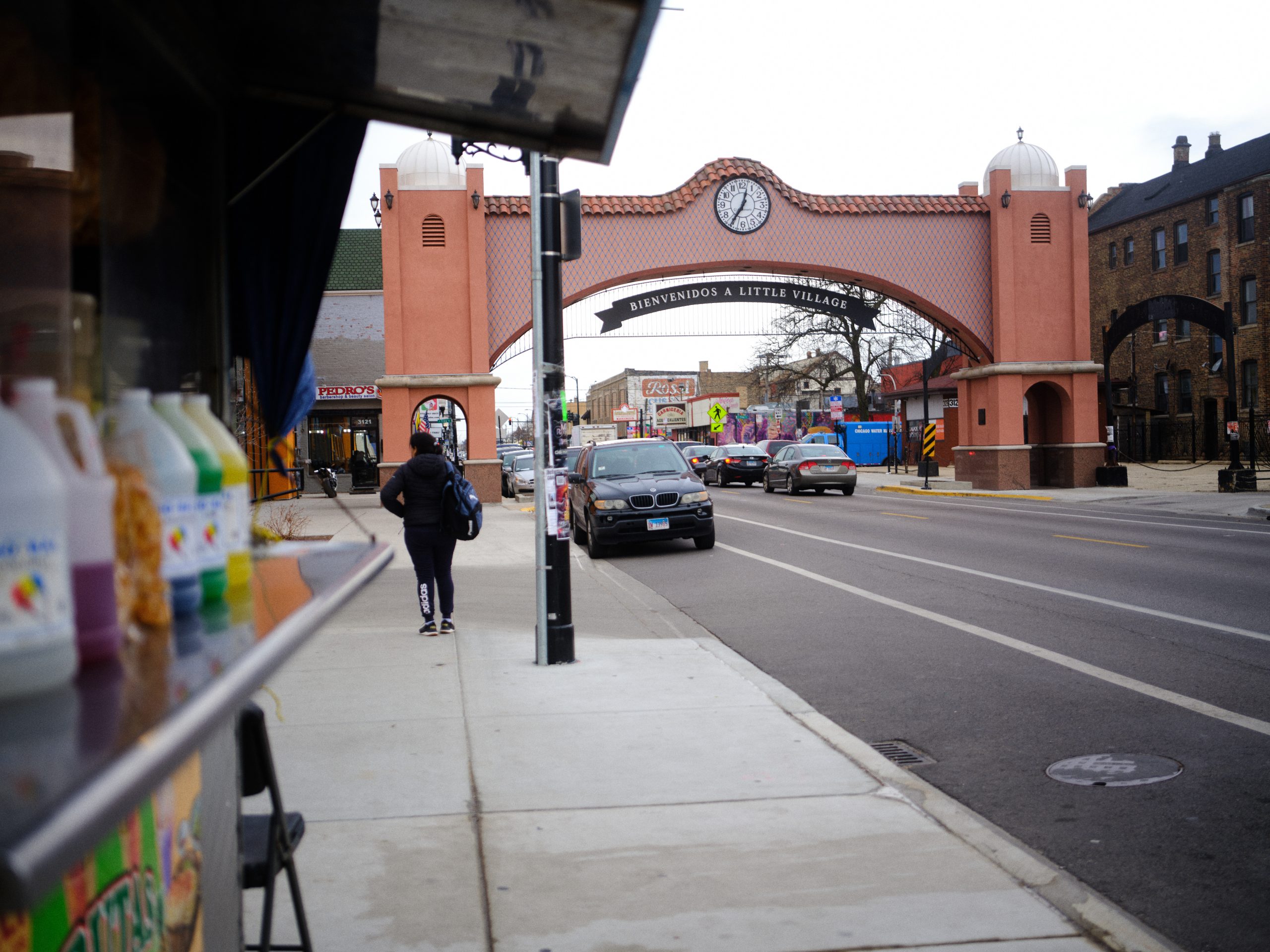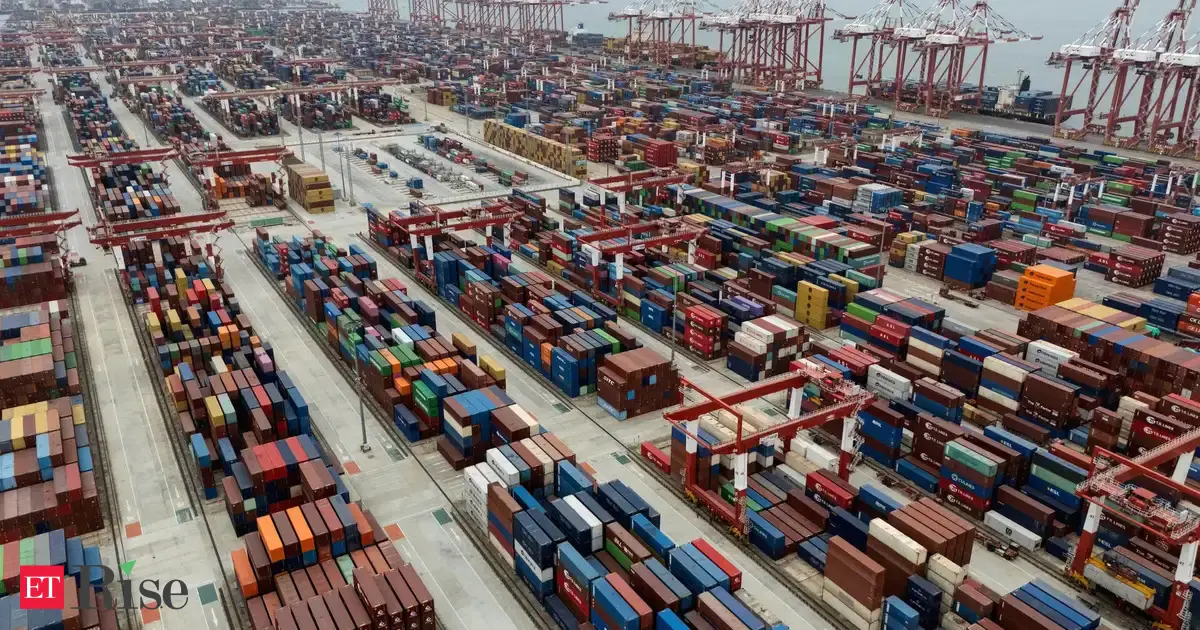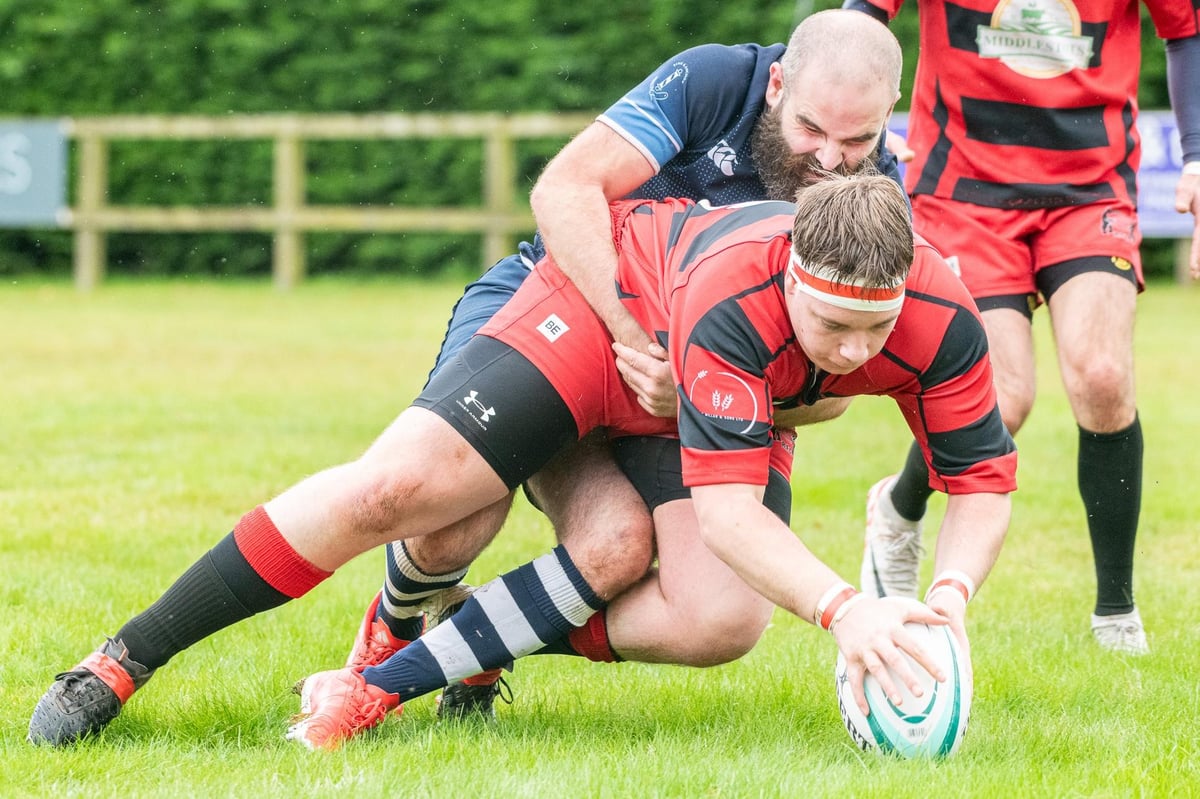By Rita Oceguera for the Trace,Sponsored By The Southeast Chicago Chamber of Commerce
Copyright chicagoreader

This story was published by the Trace, a nonprofit newsroom covering gun violence in America. Sign up for its newsletters here.
Last month, Raquel heard a knock on her front door. Because she wasn’t expecting company—and her security camera wasn’t working—she worried it might be U.S. Immigration and Customs Enforcement (ICE) agents.
“I’m scared to even open the door,” she said in Spanish. “There’s that fear, an insecurity of what will happen.”
At first, Raquel, who lives on Chicago’s west side, said she thought the threats of ICE raids were just an intimidation tactic. The Trump administration had said it would target people with criminal records, which reassured her that she and her family of four would be left alone. (Raquel asked to be referred to by a pseudonym because she fears for her safety.)
But then, she saw online reports of everyday people being seized and deported, and noticed ICE agents in her neighborhood. Her fears grew. And the scope of ICE’s activity turned out to be different than what she had envisioned: An estimated 70 percent of people currently detained by ICE have never been convicted of a crime. “They are taking innocent people, and it’s affecting the community,” Raquel said. “You can’t even be at peace in your own home.”
The Department of Homeland Security (DHS) is now sending ICE agents into Chicago as part of “Operation Midway Blitz,” justifying the campaign by saying that it will reduce crime and improve public safety. This assertion comes after the Trump administration has falsely claimed that immigrants drive a disproportionate volume of violent crime. Yet, as Chicago experiences a record decline in gun violence, immigrant families and community leaders say Trump’s actions pose a more urgent threat to their safety.
Just this week, Raquel saw ICE agents circling her block. Her youngest daughter, a U.S. citizen, worries they may be separated. Like other Chicagoans, they’ve heard of many people without criminal backgrounds being ripped away from their families.
“I don’t feel protected,” Raquel said. “I don’t feel like there are any rights. I see it as discrimination directly against Hispanic people.”
The “fundamental human need” for safety
Since 2015, Trump has seized on Americans’ anxieties about violent crime, casting undocumented immigrants as a threat to public safety. In his 2025 inaugural speech, Trump called for a government that protects “law-abiding” citizens from “dangerous criminals . . . that have illegally entered our country from all over the world.”
But there is no empirical evidence to support the notion that undocumented migrants are responsible for an outsize share of violent crime. A U.S. Department of Justice–backed analysis of data from the Texas Department of Public Safety found undocumented immigrants are arrested at less than half the rate of native-born citizens for violent and drug crimes.
For many immigrant families, the fear of deportation is nothing new. But as social media spreads videos of ICE activity, they’re watching their fears come true in real time, witnessing violations of due process, and immigrants being sent to countries that are foreign to them.
What’s legally allowed in immigration enforcement is changing, too. The U.S. Supreme Court overturned a federal judge’s order early this month that prohibited federal agents in Los Angeles from questioning people about their immigration status based on factors like race, ethnicity, and language. The ruling is not yet final, but it allows racial profiling as litigation continues.
“People have a fundamental human need to feel safe and secure,” said Aimee Hilado, an assistant professor at the University of Chicago Crown Family School of Social Work, Policy, and Practice, focused on immigration trauma. “The systems that were in place, the people, institutions that we are told to trust, in this environment, we can no longer rely on how we operated in the past,” she said. “That erosion of trust further exacerbates feelings of fear and uncertainty.”
Those feelings can be further complicated when interactions with federal agents turn violent. On Friday, federal immigration officials reported that an officer shot and killed someone who “severely” injured an ICE agent during “targeted law enforcement activity” in Franklin Park.
When fears come true
Hilado recounted a call with the Welcome to Illinois coalition, in which she heard a community member share her experience going through the court process to obtain documents to legally reside in the U.S. The community member said she and her husband were denied legal status and were undergoing deportation proceedings, but hoped to appeal the decision. While they waited for their court date, they received calls from an unknown number that directed them to go to a police station to complete paperwork. When her husband arrived, the woman said, ICE was waiting for him. They arrested him and took him away.
“Denying people access to due process, denying people rights, removing people’s ability to live full and safe lives with dignity and safety is structured violence,” Hilado said. She worries about the long-term impact these new policies and threats toward immigrants will have on society.
“It exacerbates social inequalities, and we will start to continue increasingly stigmatizing immigrant groups,” she said. “This is not new. Historically, we tend to scapegoat larger problems on specific communities.”
Heriberto Flores has lived in West Elsdon, a primarily Latine neighborhood, for 25 years. Generally, he said, it’s been peaceful. Recently, he added, the rhetoric against immigrants has increased racism against Latine people. Flores has seen this firsthand through a soccer club he runs.
“It is frustrating and saddening to see how hate can be pervasive and transmitted onto other people who may not understand the circumstances of each individual,” he said in Spanish. “It affects us psychologically that other people categorize us as bad people.”
What’s really behind the immigration raids
Several Chicagoans who spoke with the Trace said they don’t believe the deployment of immigration agents or the threats of sending the National Guard are actually meant to keep their city safe.
If it was really about safety, said Ricky Flores, a Brighton Park resident, the Trump administration would have offered to send the National Guard during the summer, when gun violence peaks, and not in September, when Independence Day celebrations for several Latino communities take place. Instead of protecting Chicagoans, Flores said, the administration is jeopardizing the safety of immigrants by sending them into countries they may not be familiar with or places they left to escape violence.
“Oftentimes, the decision to leave one’s home country is not an easy one,” Hilado said. “They leave it because they want to rebuild their lives with safety and dignity, and then to come to a place where the policies are replicated, the institutions replicate harm and violence—that sense of welcome is not there—they are reliving what they had hoped to escape.”
Amid the challenges faced by the city’s immigrant communities, Chicagoans have risen to support their neighbors. Hundreds of protesters have peacefully marched in downtown Chicago to oppose “Operation Midway Blitz” and shown that immigrants are welcome.
“I admire how the Hispanic community is responding,” Raquel said. On her block, they have created a system of communication among neighbors. If someone spots ICE, they call or text each other with warnings to stay home.
Other areas, like Little Village, are using a whistle system. Some residents, like Ricky Flores, are riding around the area in trucks to confirm ICE sightings or making their presence known during detainments to ensure accountability for immigration agents and the due process of immigrants.
“Unity creates strength,” said Heriberto Flores. “If we don’t come together, we will never be able to navigate what is happening around us.”



